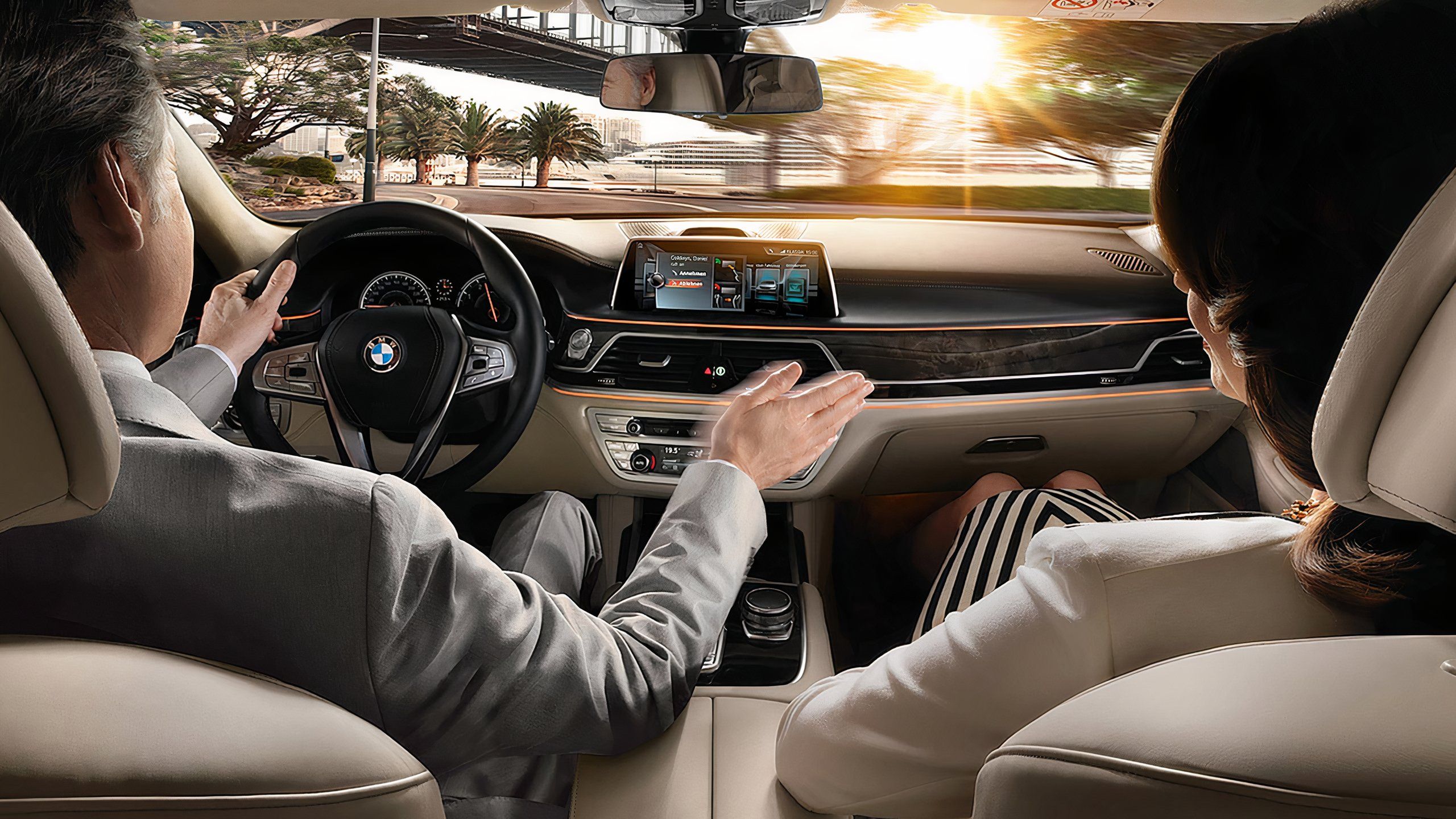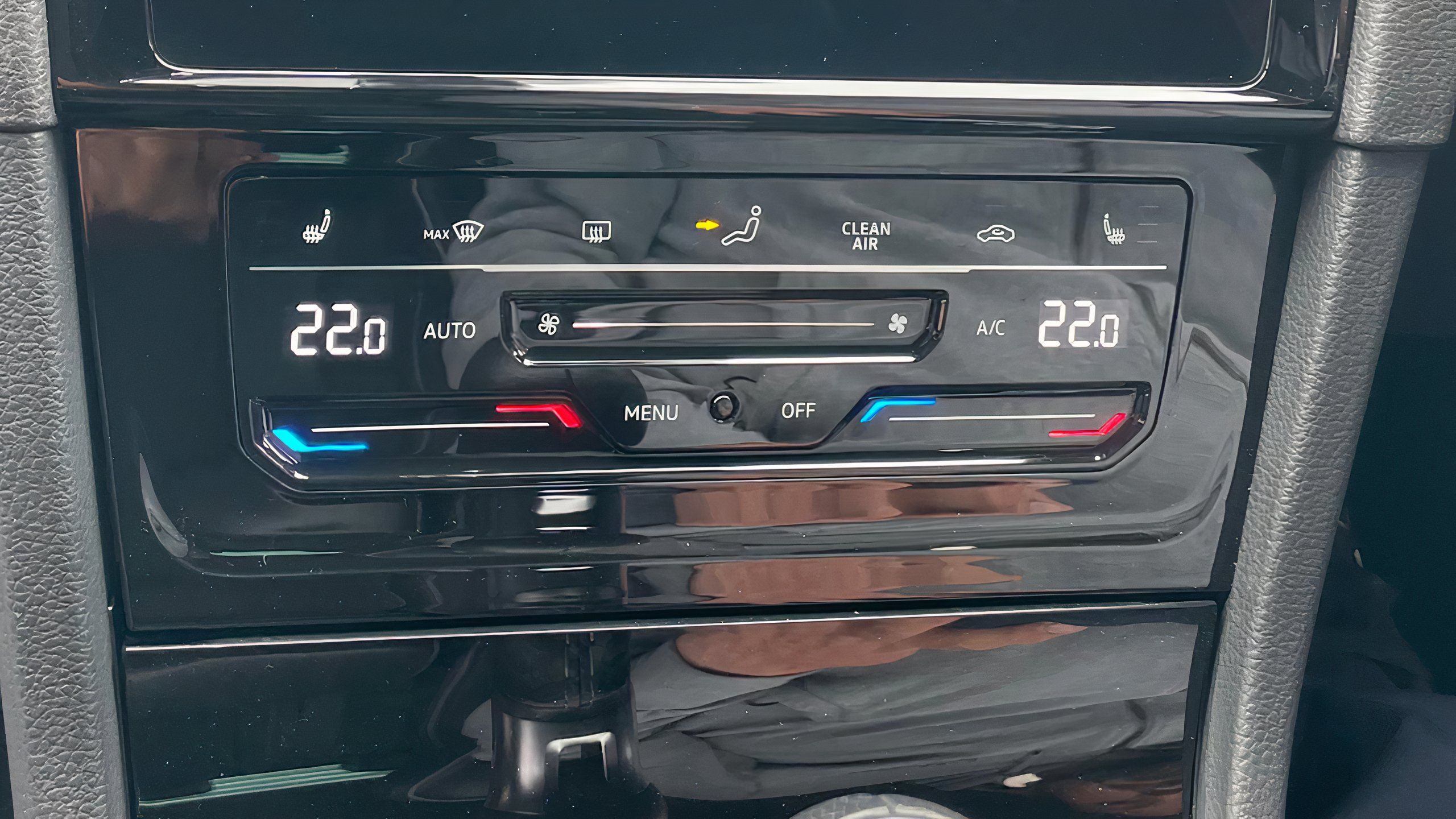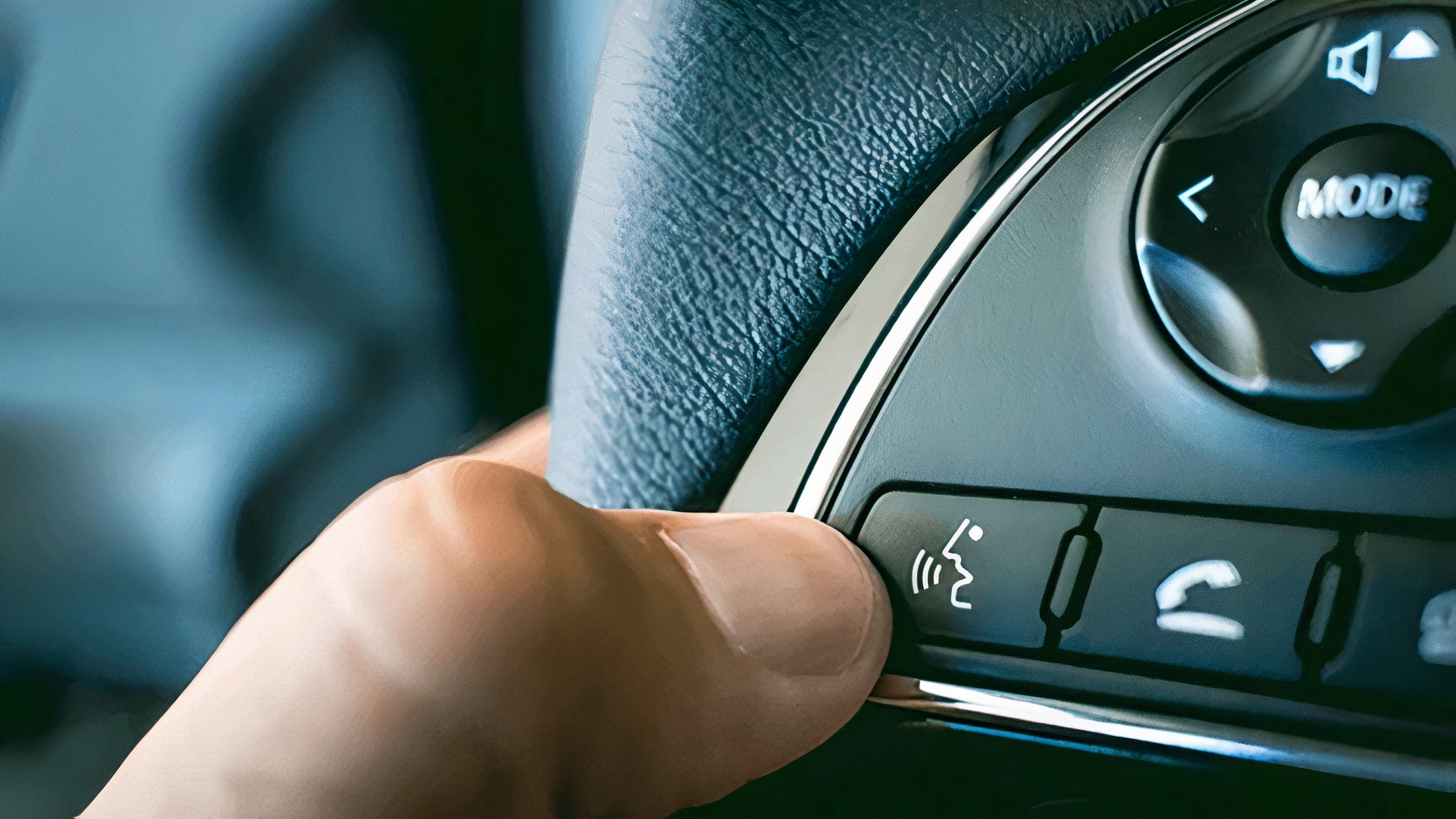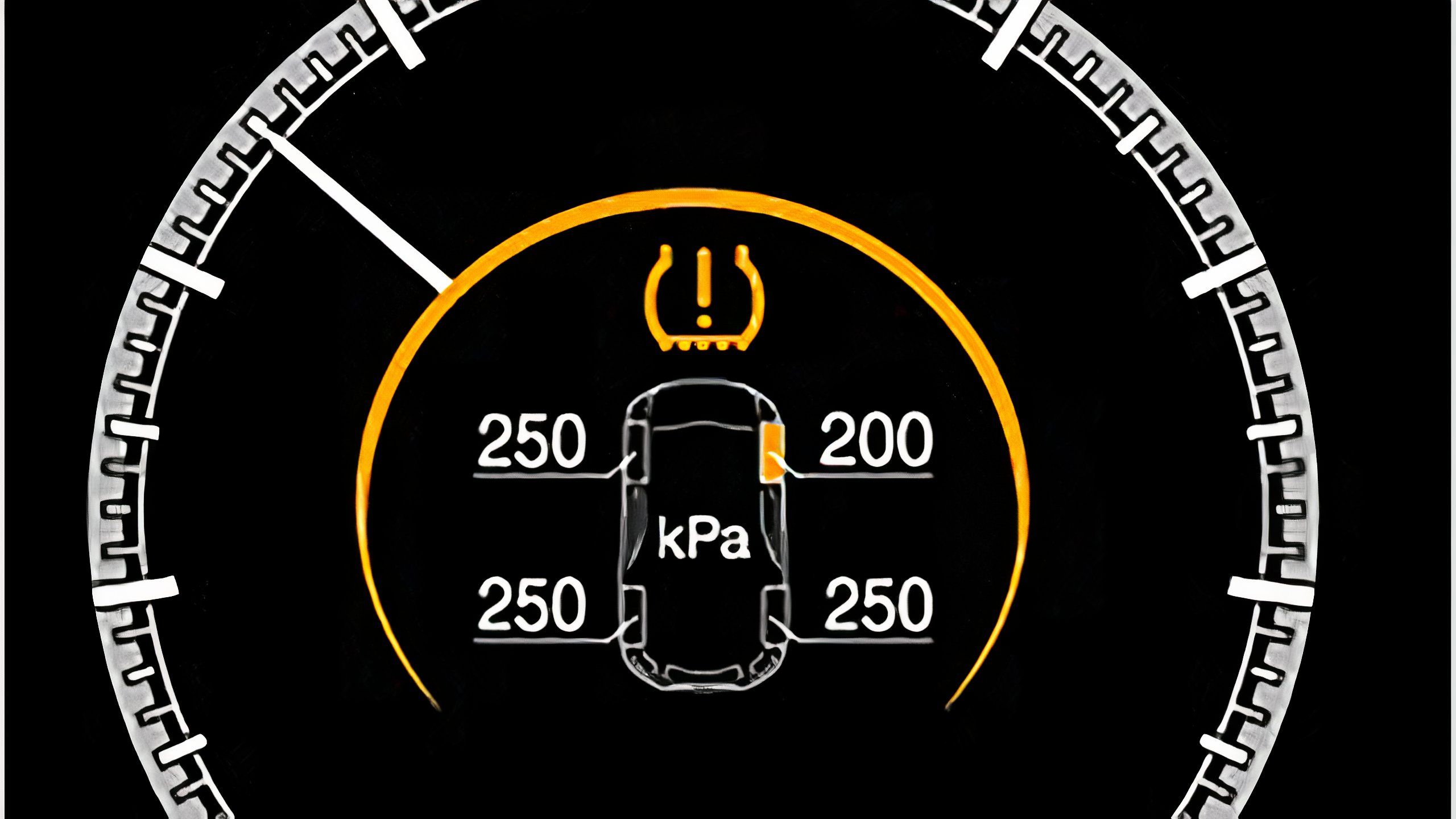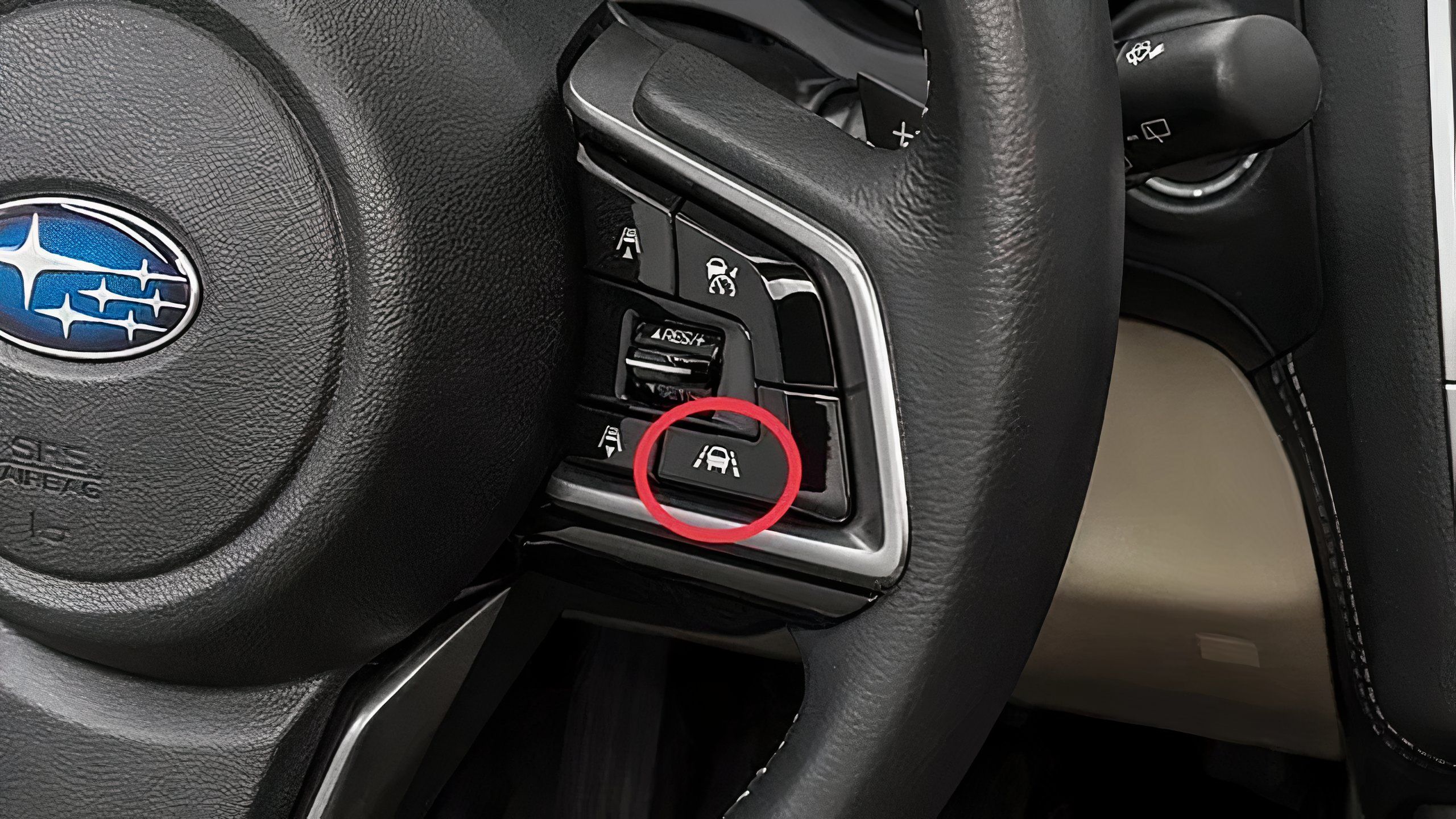Summary
- Gesture control systems in cars are more theoretical than practical.
- Touch-sensitive buttons for controls can be a source of irritation.
- Manufacturer-made voice assistants in cars lag behind tech companies.
When it comes to car tech, there’s nothing more annoying than something that never works like it was promised to or should. Whenever something inside my car freezes up or simply glitches out, I get wickedly annoyed. Sometimes, even the biggest and brightest minds among us can drop the ball on a piece of tech that never pans out quite the way it should, and that’s about as common in the automotive space as any other. In fact, you could make a list of the things today that still haven’t quite landed with consumers, and I think I will.
These aren’t additional car gadgets, per se, but they’re car features that should work better or be much more useful than they actually are.
Recently, we discussed some features that I just have to have on any road trip, but now it’s time to talk about a few that you couldn’t pay me to have in any of my daily drivers.
Related
4 things you should be doing with your car’s USB port (that isn’t charging your phone)
The U in USB standards for Universal, not iPhone or Android.
1
Gesture control infotainment software
Sadly, using the force isn’t as easy as you might think
For those who have never sat in a car that attempted to use gesture control, the system is meant to allow the driver to use the infotainment system without actually touching the screen while driving. As a safety net, the idea works in theory. However, the theory is about as close as this idea has ever gotten to working. They have the same issues as the old Xbox Kinect – the words “consumer grade” and motion capture software do not go hand-in-hand.
This isn’t a one-manufacturer issue, either. Many of my friends drive BMWs, Audis, and more, and they also report that they can never consistently rely on their gesture control to pick up the right signals every time.
These controls quite literally never work. I have them in my 2022 Volkswagen Taos, and no matter how many times I attempt to harness my inner Luke Skywalker and use the force to swap screen displays, I’m always reminded that I am, in fact, not the chosen one, and that gesture controls are to blame for that. I wouldn’t recommend starting your day like that to anyone. It really ruins the taste of morning coffee. Don’t be fooled by the photo above. This couple won’t be happily cruising along in their BMW for long, because after trying to use the gesture controls for a few miles, one will scream at the other, saying, “Just press the button!”
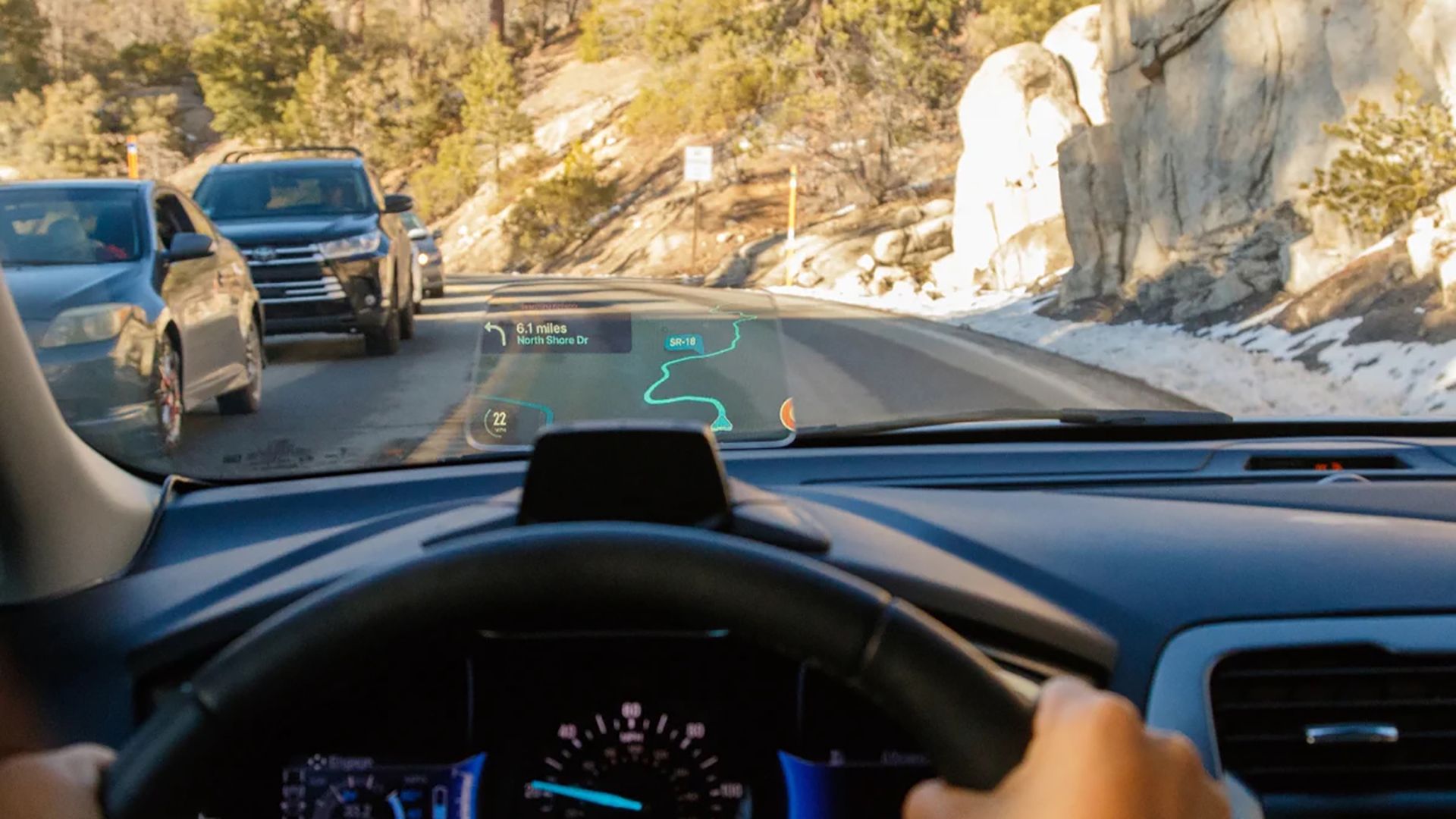
Related
5 gadgets I use to make my old car feel like a 2025 model
Stuck in that old beater, or just waiting for the payoff? These five gadgets can bring any old car up to speed for 2025.
2
Touch-sensitive control buttons
What do you mean you didn’t want the temperature set at 80 degrees
Gesture control may be pointless, but it’s not quite infuriating. Touch-sensitive buttons, however, most definitely are. I get visibly upset when I see any manufacturer use these in a new release, as if real buttons are no longer good enough. Volkswagen may be the greatest perpetrator of this transgression against humankind, too, with some owners reporting the buttons magically pressing themselves at a moment’s notice. One of the biggest reasons I liked the Taos when I first bought it was because it has real buttons and dials to control the climate system and other features, and I still love it to this day for that reason.
Manufacturers haven’t just used touch-sensitive controls for climate control, either. Many have replaced necessary steering wheel commands with them, which has, as you can imagine, resulted in some mixed reviews. The following are quotes directly from owner forums regarding their touch-sensitive buttons.
- “I’ve owned the Volt for almost 3 weeks, and it drives me insane that these climate control and entertainment buttons are all touch-sensitive. I accidentally change fan speed whenever I try to use the touch screen NAV.” – msportdriver
- “I have a VW (ID.4) and they took the touch craziness to another level. There are things that don’t look like buttons, but are touch-sensitive, and there are also buttons that, apart from being pressure-sensitive, are also touch-sensitive. Like volume buttons on the steering wheel, where if you try to feel for them without looking, you end up accidentally “swiping” and turning your volume up to the max.” – jwr
- “I have a 2017 ATS 3.6 that is unintentionally pushing the volume level from low to blaring loud without being provoked. I looked around the volume controls on the center console/steering wheel and I have not found any dents or scratches that could be triggering the touch-sensitive controls. Not sure if this is a software issue or even an electrical one.” – JAAD
So yeah, a swing and a miss there for big manufacturing, it seems.
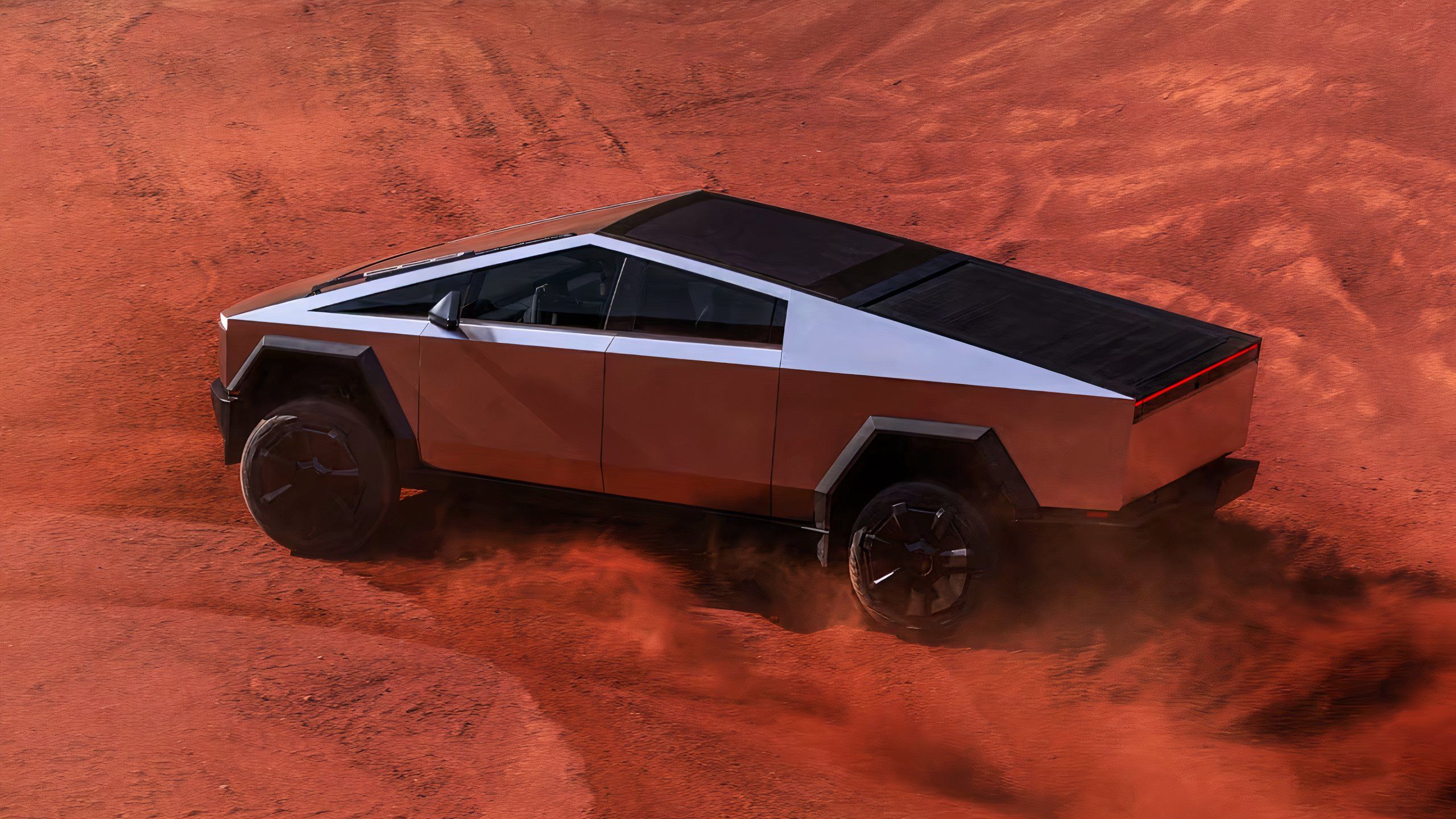
Related
Tesla’s ill-fated Cybertruck destined for failure
It’s difficult to see how Tesla could pull out a victory at this point.
3
Manufacturer-made voice assistants
No matter what you say, it’s all Greek to them
Keen-eyed automotive market watchers will have noticed by now that more manufacturers are beginning to implement voice assistants like Amazon’s Alexa in their new releases. They’ll tell you that it’s about making sure that companies are providing the best user experience for their customers, and in the world of continuity, they want your car to feel just as cozy and accessible as your home. That’s all well and good, but that’s not the real reason behind it, if you ask me.
The real reason is that if car manufacturers hadn’t tried over and over again to make as good of a voice assistant as some of the larger tech companies and failed, they wouldn’t be putting things like Alexa or Google Gemini in cars at all. Simply put, and you might want to be seated for this, tech companies are better at making tech than car companies. Anyone who has used a pre-2010 GPS system will know how bad voice control can be, and somehow, even as recently as this past year, manufacturers with their own voice control systems haven’t improved from that level of tech.
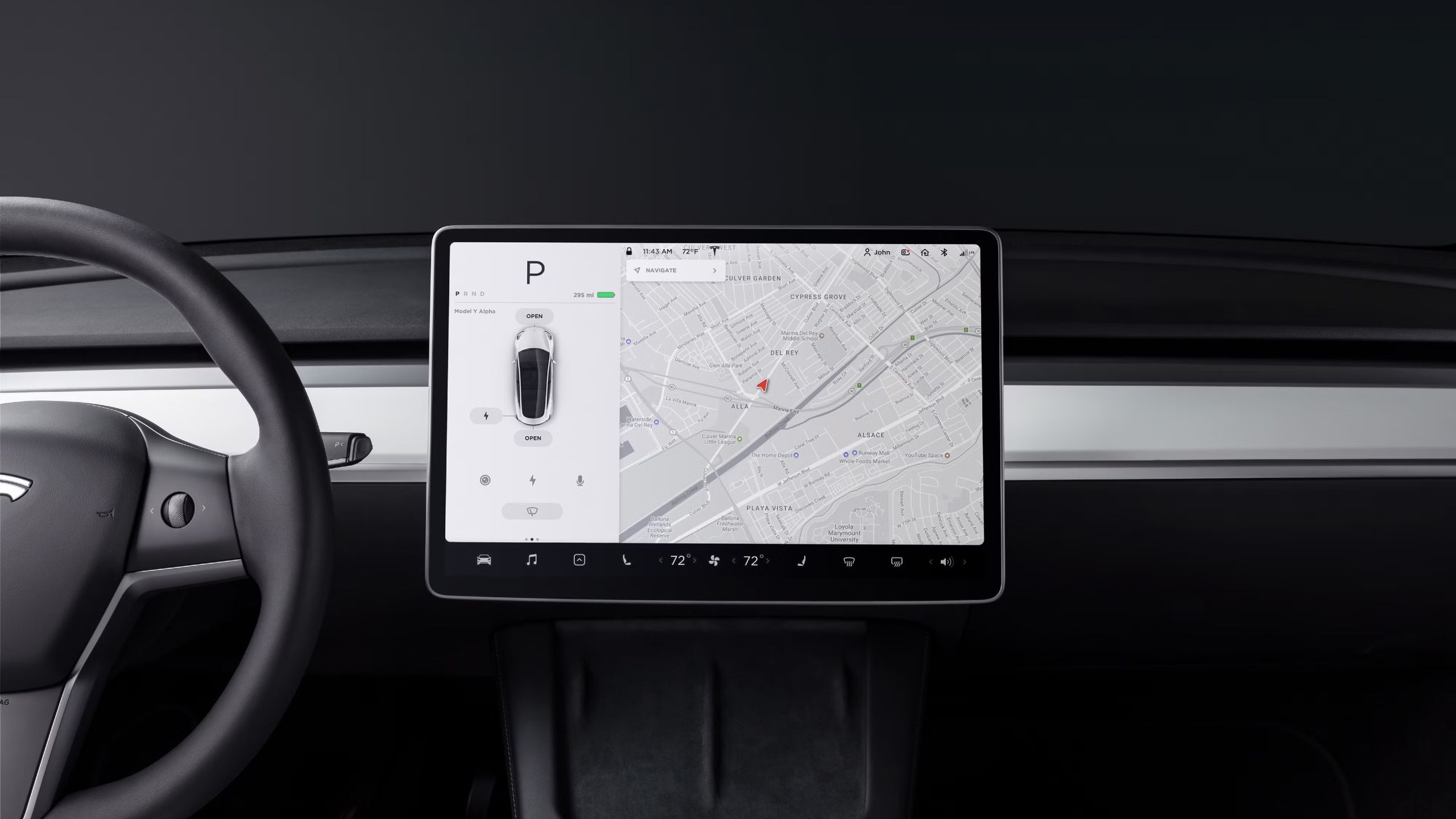
Related
Grok isn’t ready for a Tesla roll out
Grok AI is coming to a Tesla near you, but the timing is unfortunate, and the app does not do much. But that can all change.
4
Tire pressure monitoring systems
The best idea on the list, in theory
I’ve had a tire pressure monitoring system on my previous three vehicles, including the two in my immediate family now. For the first 50,000 miles in each car, they haven’t made a peep unless necessary. After that, though, they seem to go off every single day at random times. In fact, one prompted me to make an impromptu stop on the interstate on my latest road trip, and would you believe that there was absolutely nothing wrong with that tire, and there still isn’t?
I can count on one hand the number of times that a tire pressure monitoring system has correctly told me my tire was low, because it’s only happened once. Every single other time that the annoying “ding” sounds and the warning light appears on my dash has been a complete false alarm, and the latest caused me to bake in the West Texas heat because of it. Not cool, TPMS. Not cool.
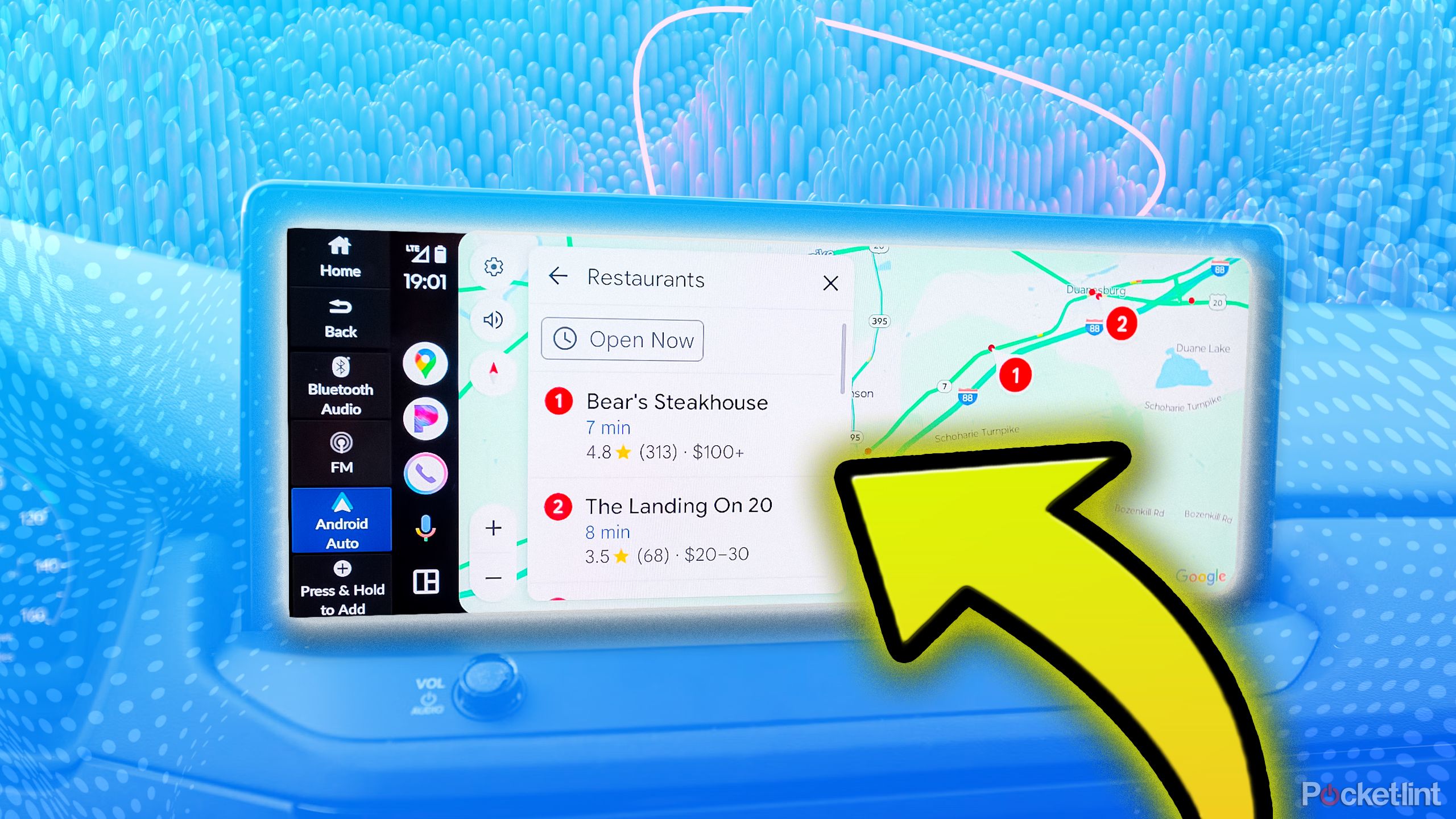
Related
6 Android Auto settings you didn’t know you needed to change
Just a few quick phone tweaks can make all your drives smoother.
5
Over-zealous lane-keep assist features
I appreciate the safety concern, but now I have whiplash
This is the one feature on this list that I will say works more times than it doesn’t, and the data backs that up. Vehicles with lane-keep assist systems in place are about 25 percent less likely to be involved in a fatal car crash, according to the NHTSA. However, if you’ve ever ridden in a car with a lane-keep assist system that really, really wants you to remain in your lane, you’ll know that some of them aren’t exactly subtle. This is an issue found more commonly in earlier renditions of vehicles equipped with lane-keep assist software, and the first time I experienced a harsher system than what I deemed necessary was in a 2017 GMC Yukon.
Don’t get me wrong, I would rather have it than not, but admittedly, the car itself jerking me into the center of the lane each time I took a corner just a bit too tight was unpleasant more times than not. Some manufacturers have gotten LKA systems right since their inception, and others are taking their sweet time, even today.
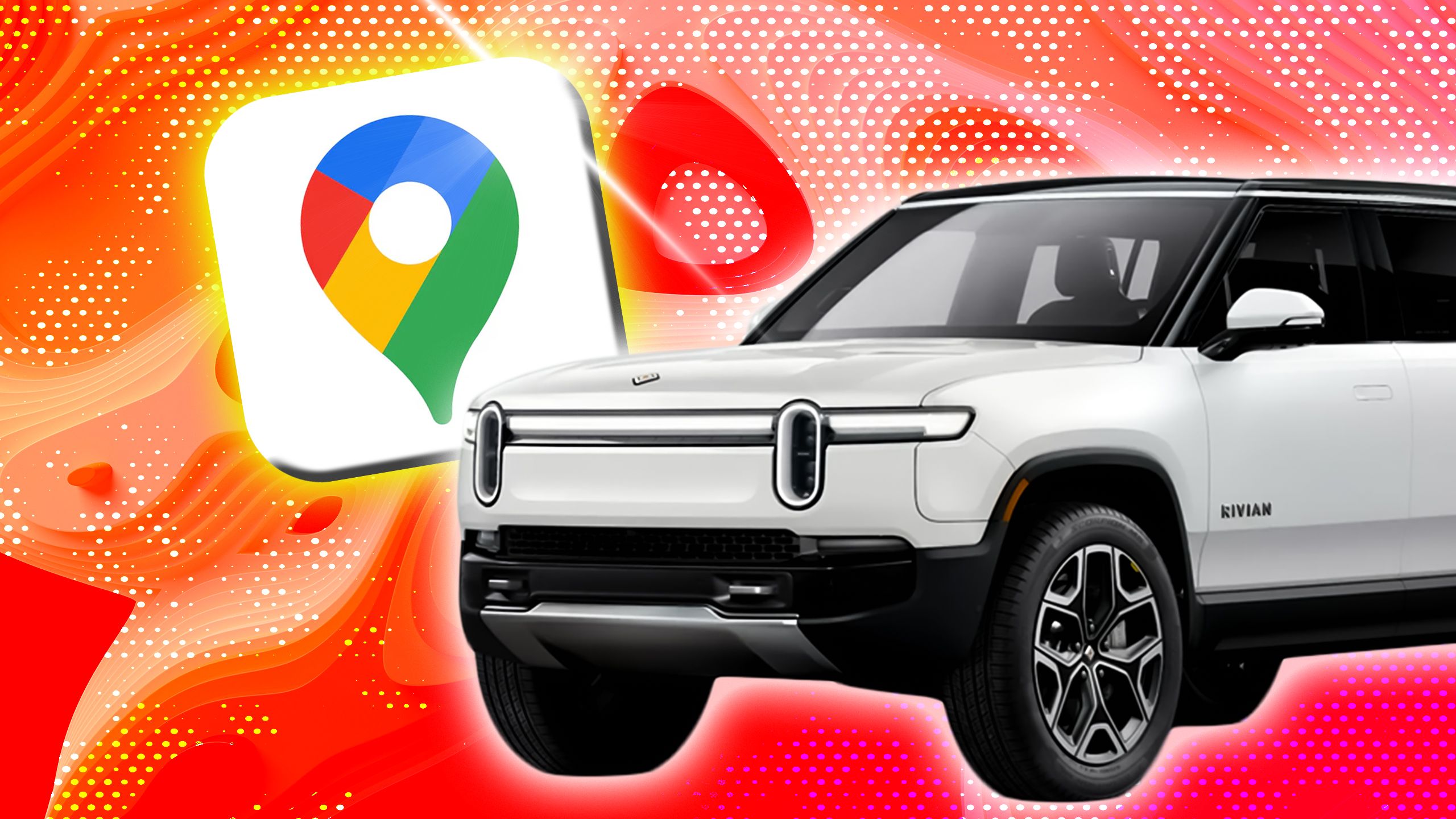
Related
Not all navigation apps are built the same
In-car navigation will get you there for sure, but which nav system is best for you?
Trending Products

2 Pack – 22 Inch Monitor FHD ...

Antec NX410 ATX Mid-Tower Case, Tem...

Acer Aspire 5 15 Slim Laptop | 15.6...

Samsung 27′ T35F Series FHD 1...

Wireless Keyboard and Mouse Combo, ...

SAMSUNG 27″ Odyssey G32A FHD ...

15.6” Laptop computer 12GB DD...

Cooler Master Q300L V2 Micro-ATX To...

Lenovo Ideapad Laptop Touchscreen 1...


